
Why Is My Necklace Turning Brown? How to Fix It
Why is my necklace turning brown? This happens because oxidation, humidity, and skin acids cause chemical reactions with metals like silver, brass, or copper, resulting in tarnish or patina. Lotions, sweat, and environmental pollutants can speed up these effects, especially if your necklace is made from reactive alloys. To fix this, clean your necklace using gentle methods—mild soap and water for silver, or a soft cloth for gold—while avoiding harsh chemicals. Proper storage can also prevent future browning. For detailed, metal-specific cleaning tips and care advice, keep reading. And if you want beautiful, tarnish-resistant pieces, check out our Greek Necklaces collection for timeless, high-quality options.
Common Metals Used in Necklaces and How They React
When it comes to necklaces, manufacturers often use metals like sterling silver, gold, stainless steel, brass, and copper, each with distinct chemical properties that influence how they respond to air, moisture, and skin contact.
You’ll find that most jewelry isn’t made from pure metals but rather metal alloys—combinations of two or more metals designed to enhance durability and appearance. Sterling silver, for instance, mixes silver with copper, which increases strength but also makes it more prone to tarnishing.
Brass and copper, being reactive metals, easily undergo corrosion processes, especially when exposed to sweat or water, leading to browning.
Stainless steel, thanks to its chromium content, resists oxidation better.
Gold, especially in higher karats, is less reactive but not immune if alloyed.
Environmental Factors That Cause Browning
Although necklace metals possess inherent chemical properties, environmental factors often accelerate browning and tarnishing. When you expose your necklace to air, the oxidation process triggers a chemical reaction between the metal surface and oxygen molecules. This reaction, called oxidation, leads to the formation of metal oxides or sulfides, which manifest as a brownish or dark layer on your jewelry.
Humidity and moisture further intensify this effect by facilitating the transfer of electrons, making the oxidation process more rapid.
Environmental pollutants, such as sulfur compounds from vehicle exhaust, industrial emissions, or even household cleaning agents, can interact with necklace metals. These substances can cause tarnish or patina to form much faster than under normal conditions.
Protecting your necklace from these external agents helps reduce premature browning and maintains its appearance.
How Skin Chemistry and Sweat Affect Jewelry
Since the natural acidity of your skin varies from person to person, the unique composition of your sweat and oils can considerably influence how quickly a necklace browns or tarnishes. Your skin pH, which typically ranges from 4.5 to 6.2, directly affects metal surfaces.
If your skin is more acidic, it can accelerate oxidation and corrosion processes, especially on metals like copper, brass, and low-karat gold.
Sweat composition also plays a critical role—sweat contains water, salts, urea, and trace minerals that interact with jewelry metals. When these compounds evaporate, they leave behind residues that can react chemically with the metal, promoting discoloration and tarnishing.
Regular physical activity or hot environments increase sweat production, making these chemical interactions even more pronounced and impactful.
Impact of Lotions, Perfume, and Cleaning Products
Beyond your skin’s natural properties, everyday products you apply—such as lotions, perfumes, and household cleaners—can considerably accelerate the browning of a necklace.
Lotions and perfumes often contain oils, alcohol, and synthetic compounds that interact with metal alloys. These substances can leave residues on the surface, promoting tarnish and oxidation, especially on metals like sterling silver, gold-plated brass, or copper alloys.
Cleaning products and chemicals present an even higher risk. Agents such as bleach, ammonia, and acidic cleaners cause corrosive reactions, stripping protective coatings and exposing sensitive metals to rapid degradation.
Even mild detergents can alter the metal’s luster by breaking down surface finishes. As a result, frequent exposure to these products notably hastens discoloration and material breakdown in your jewelry.
Preventative Measures to Keep Your Necklace Shiny
When you want to maintain your necklace’s original luster, implement targeted care routines that minimize contact with tarnish-inducing substances.
Preventing tarnish starts with proper jewelry storage—always store your necklace in an airtight container or a zip-lock bag to limit exposure to oxygen and humidity. Use anti-tarnish strips or silica gel packs to absorb excess moisture, as elevated humidity accelerates oxidation, especially for sterling silver and copper alloys.
Avoid direct sunlight, which can degrade metal finishes and plating. When not wearing your necklace, keep it separated from other pieces to prevent abrasion and chemical cross-contamination.
Before putting your necklace away, wipe it with a soft, lint-free cloth to remove sweat, oils, and residues. These steps considerably reduce the risk of brown discoloration and preserve shine.
Step-by-Step Cleaning Methods for Different Metals
Although each metal type requires a specific approach, understanding the appropriate cleaning method prevents further damage and restores your necklace’s original brilliance.
For Sterling Silver, create a gentle cleaning solution by mixing mild dish soap with warm water. Submerge the necklace briefly, then use a soft-bristled brush to remove tarnish, taking care not to scratch the surface. Rinse with clean water and dry using a lint-free cloth.
For Gold Plating, avoid abrasive materials; instead, gently wipe the necklace with a damp microfiber cloth. If necessary, use a diluted soap solution, but don’t soak the piece to preserve the thin plating. Pat dry immediately.
Always avoid harsh chemicals, ultrasonic cleaners, or excessive rubbing, as these methods can strip plating or accelerate corrosion in delicate finishes.
When to Seek Professional Help for Jewelry Restoration
If you notice persistent discoloration, deep scratches, or structural issues—such as loose settings or broken clasps—it’s best to consult a professional jeweler for restoration.
Some problems exceed basic cleaning methods and require specialized jewelry repair techniques. For example, brown tarnish that doesn’t respond to gentle polishing might indicate underlying metal corrosion or a compromised plating layer.
Attempting to fix these issues at home can cause further damage, especially with intricate components like prongs or chains.
A professional assessment ensures proper identification of metal type, gemstone stability, and the best restoration approach. Jewelers use ultrasonic cleaning, rhodium plating, soldering, or stone tightening as needed.
Frequently Asked Questions
Can a Brown Necklace Stain My Skin or Clothes?
Yes, a brown necklace can stain your skin or clothes. If the oxidation process affects the material composition, metal ions or tarnish particles may transfer, especially from alloys like copper or brass, causing discoloration or residue.
Is a Brown Necklace Still Safe to Wear?
You should assess the necklace material and browning causes before wearing it. If oxidation or metal corrosion’s present, exposure could trigger skin irritation, allergic reactions, or discoloration. Always inspect for compromised plating, surface integrity, or hazardous byproducts.
Does Browning Affect the Value of My Necklace?
You'll notice necklace tarnish and jewelry discoloration can substantially decrease your necklace's value, especially for collectors or resale. Tarnish signals oxidation or metal corrosion, undermining both the aesthetic appeal and the structural integrity of precious metals.
Can I Reverse Brown Discoloration Permanently?
You can sometimes reverse brown discoloration if it’s caused by a surface-level chemical reaction, using proper cleaning methods tailored to your necklace’s material. However, if the metal’s structurally altered, permanent restoration may not be possible.
Will Re-Plating My Necklace Prevent Future Browning?
If you re-plate your necklace, you'll protect the underlying necklace material with a fresh, durable coating. Re-plating benefits include shielding against oxidation and corrosion, but long-term prevention depends on proper care and the original material's susceptibility to tarnish.
Conclusion
By understanding metal composition, environmental exposure, and your unique skin chemistry, you can better prevent browning and degradation of your necklace. Regular maintenance—using metal-appropriate cleaning agents, avoiding harsh chemicals, and storing jewelry in low-humidity environments—will extend its luster. If you notice persistent tarnish or structural compromise despite these efforts, consult a professional jeweler for electroplating or specialized restoration. With attentive care and technical know-how, you’ll preserve your necklace’s integrity and visual appeal for years.







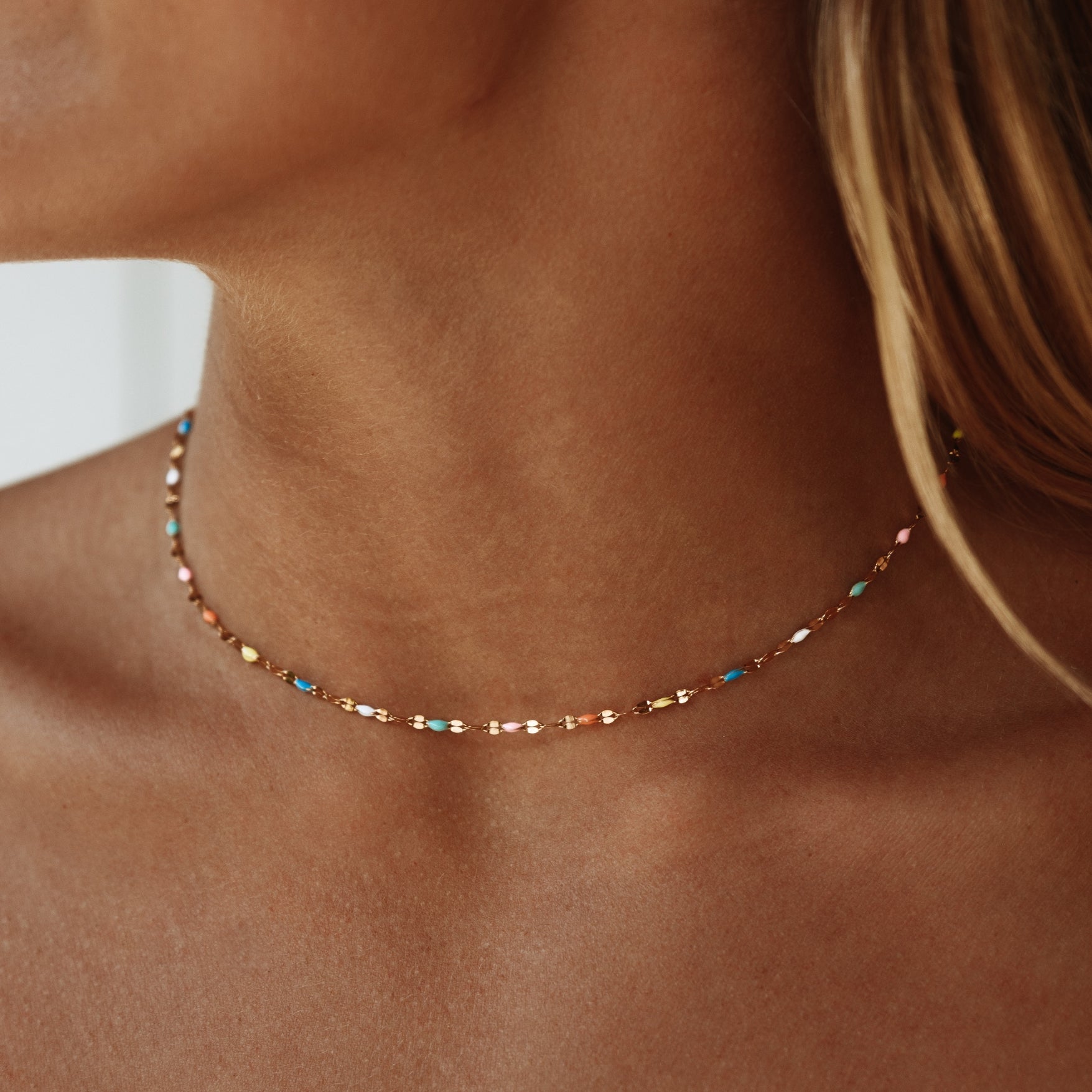
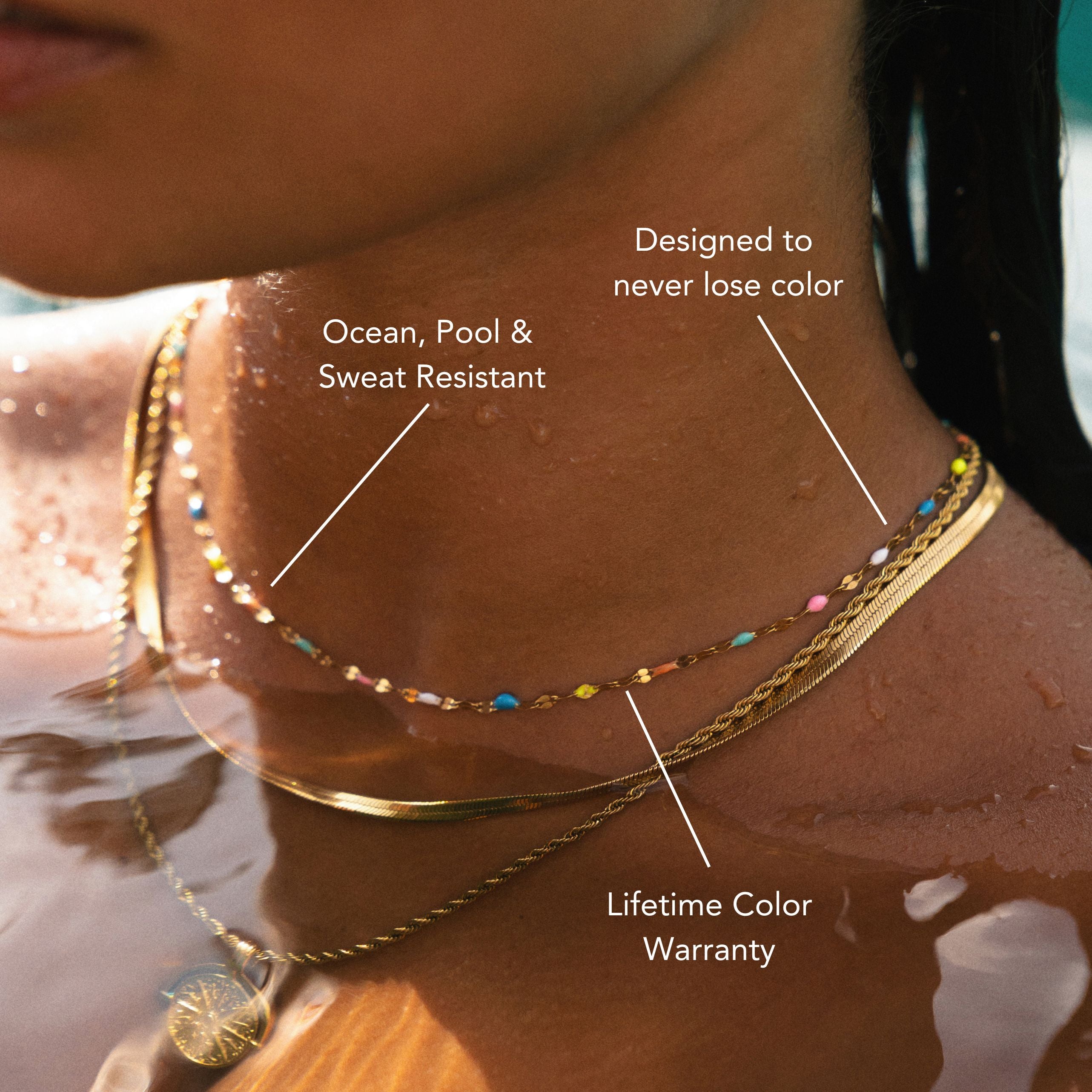
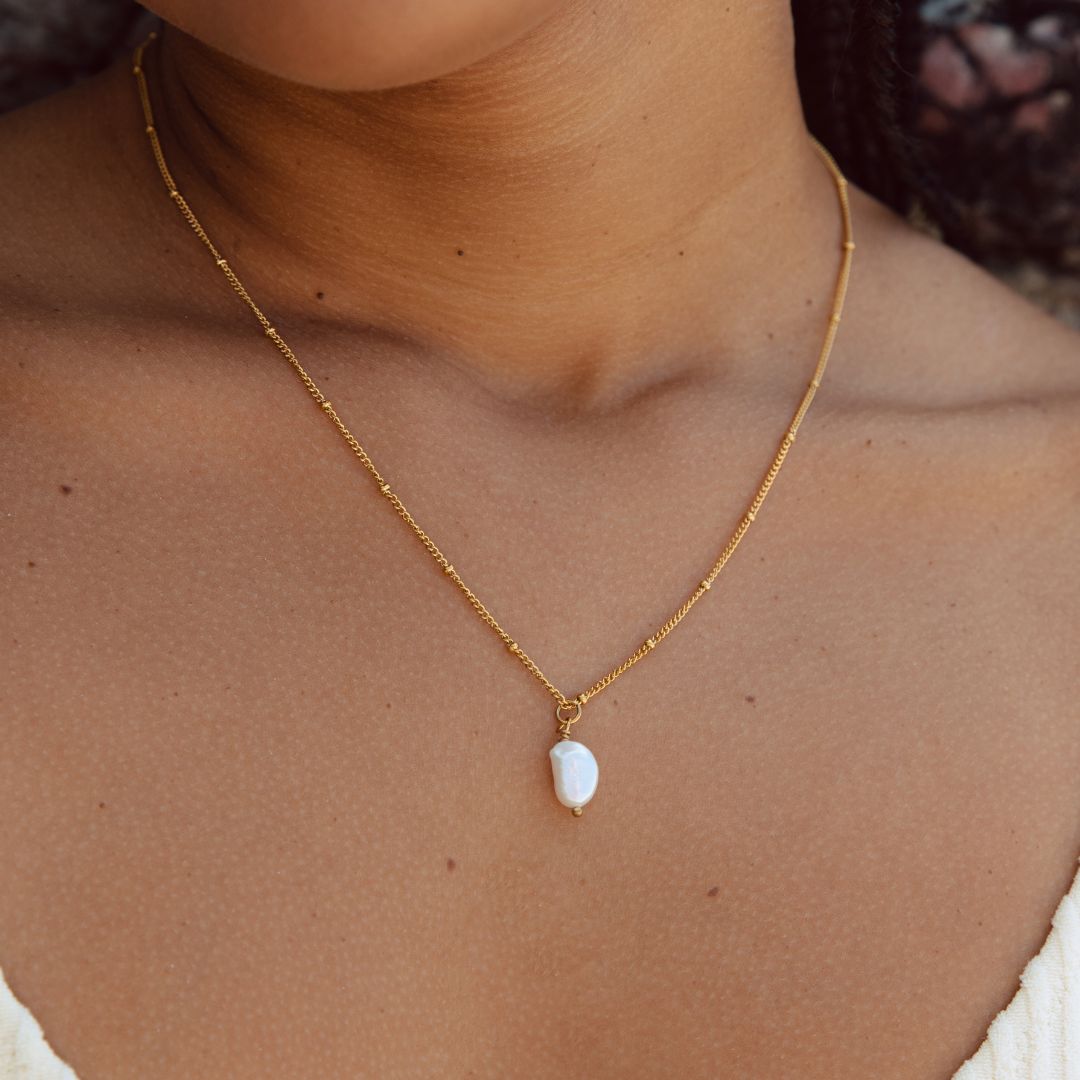

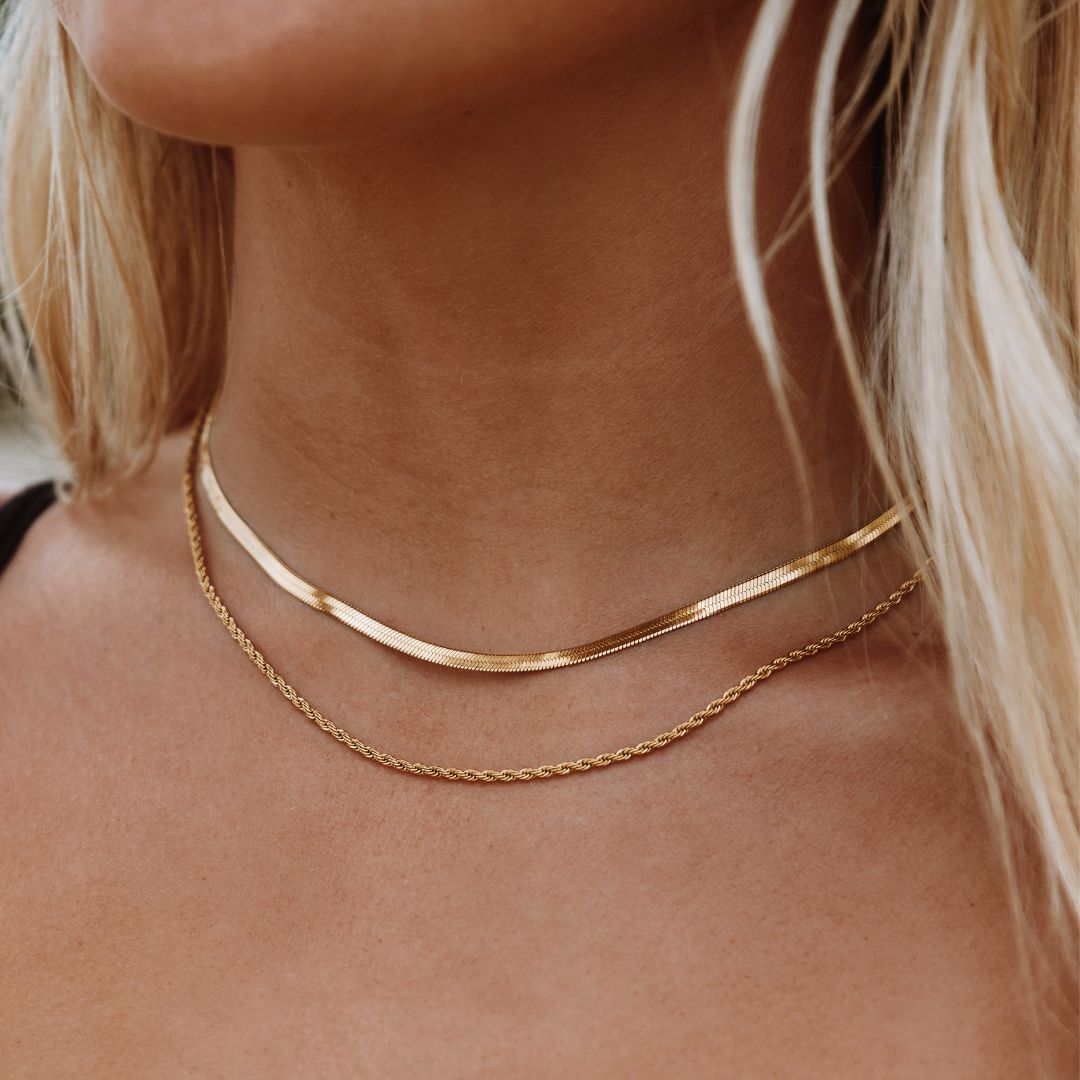
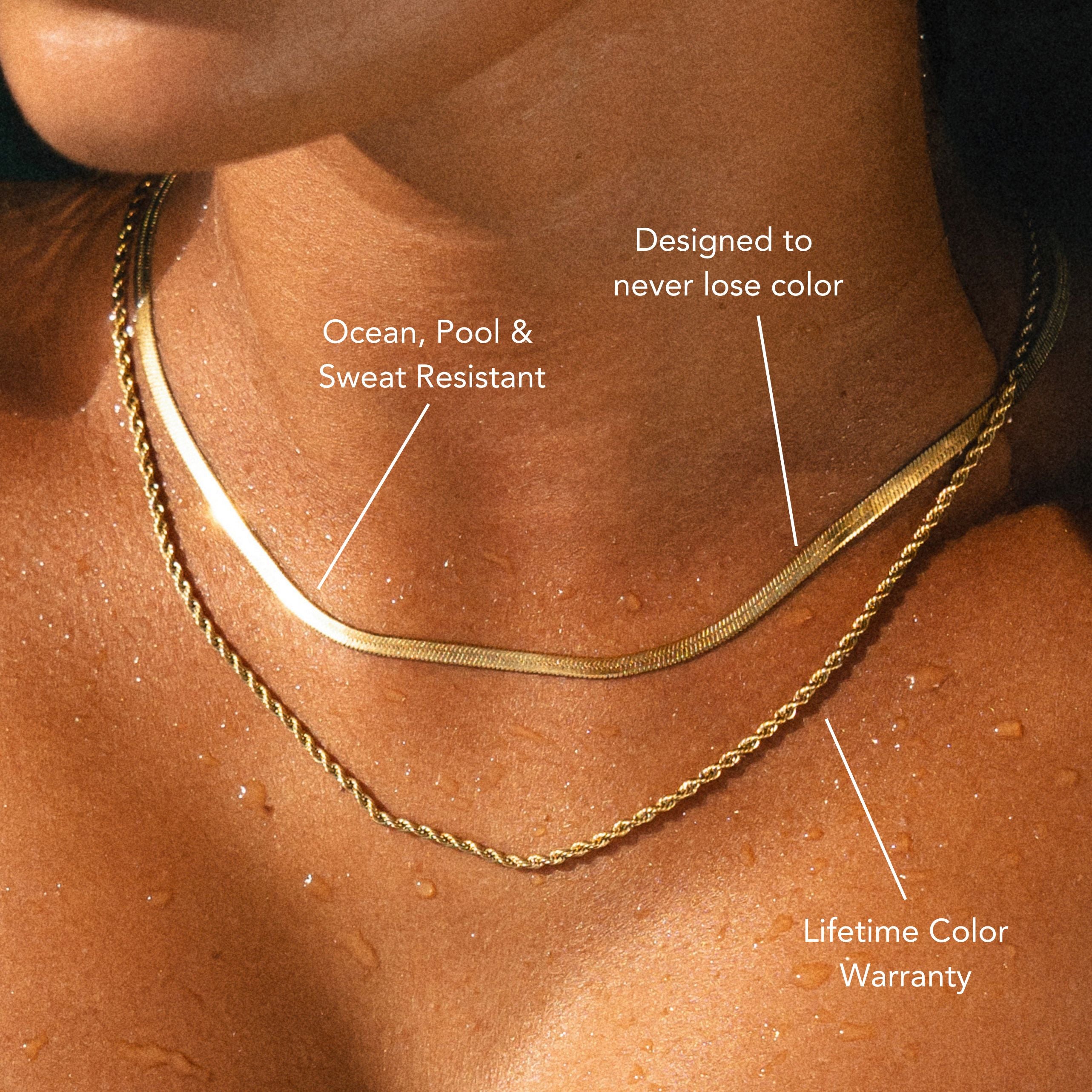
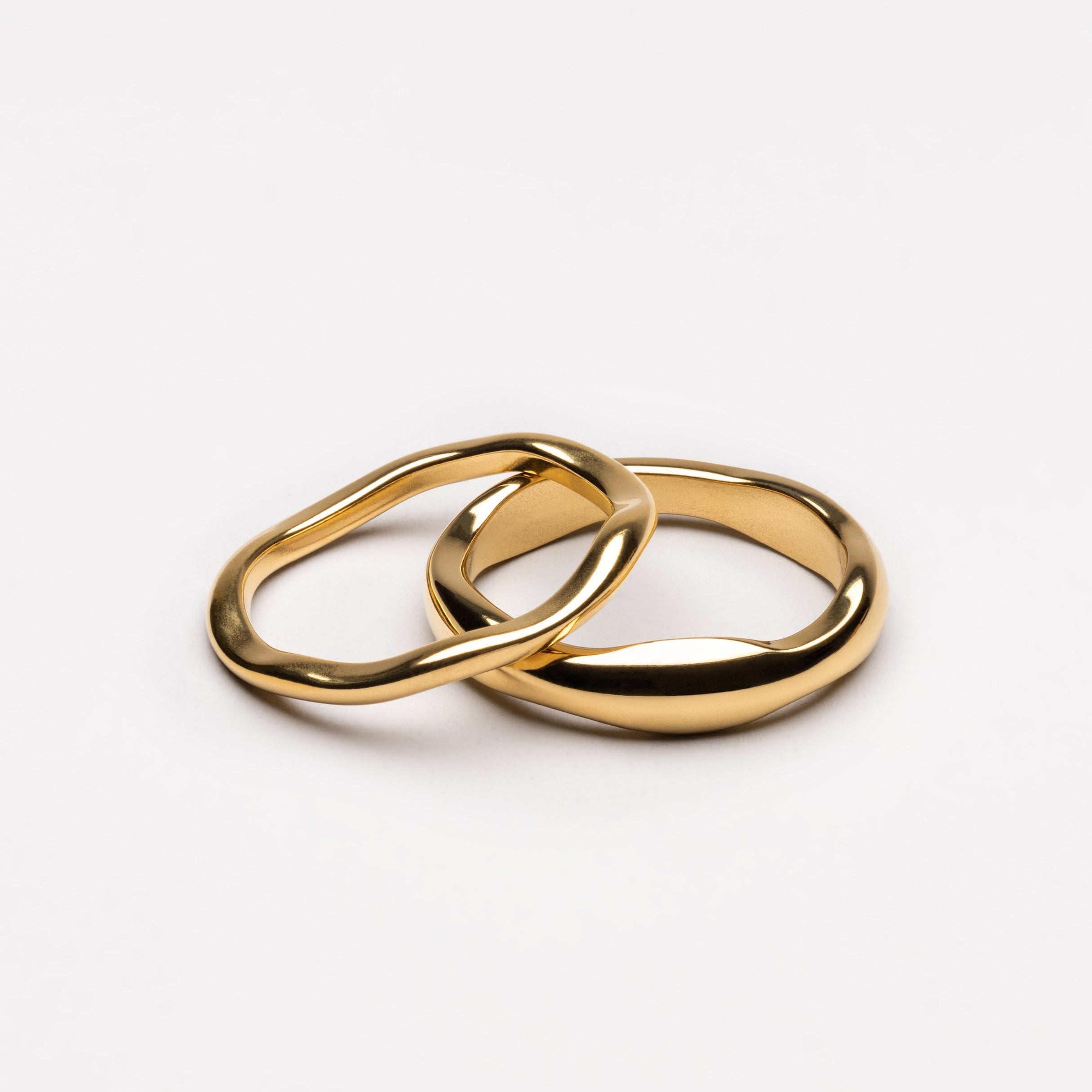

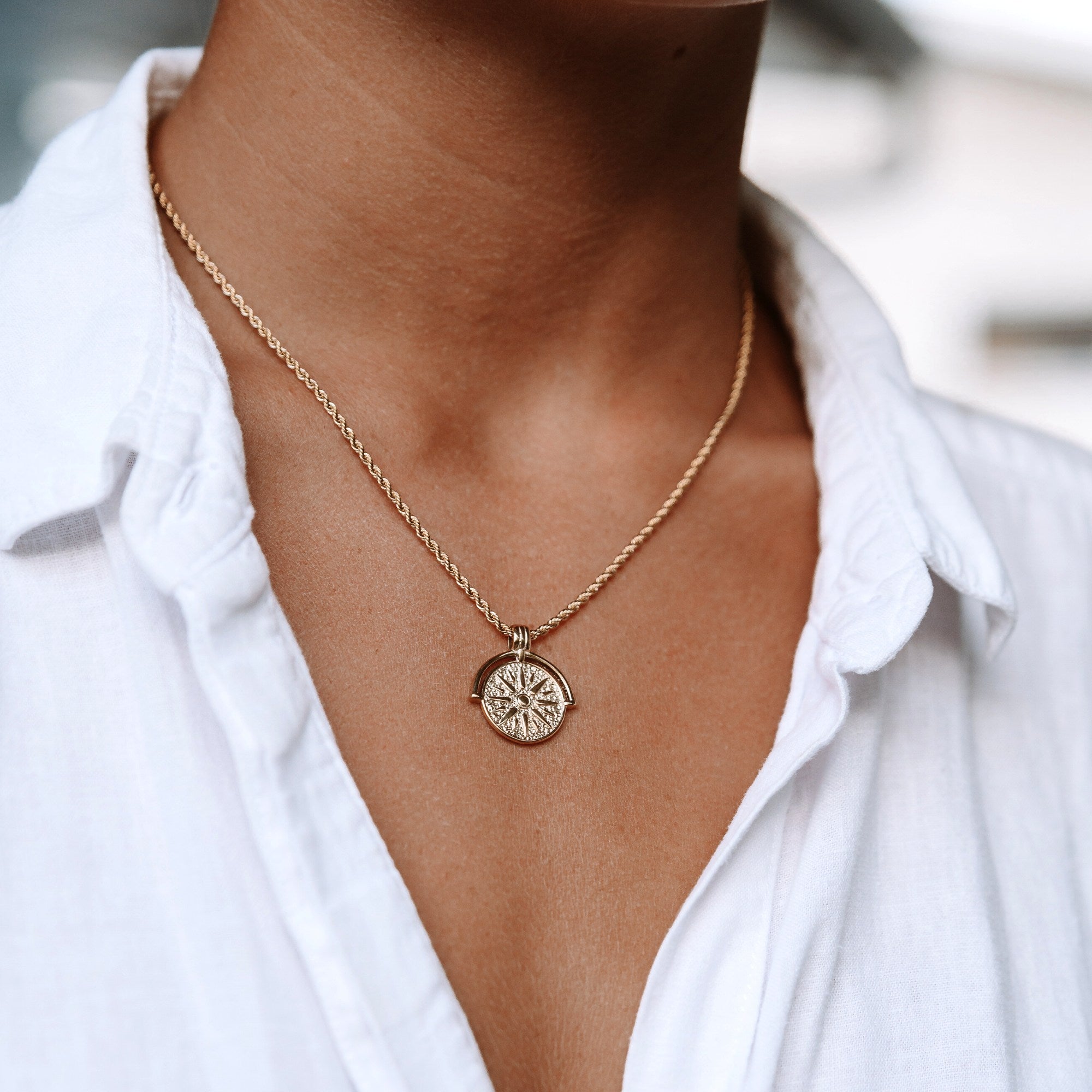
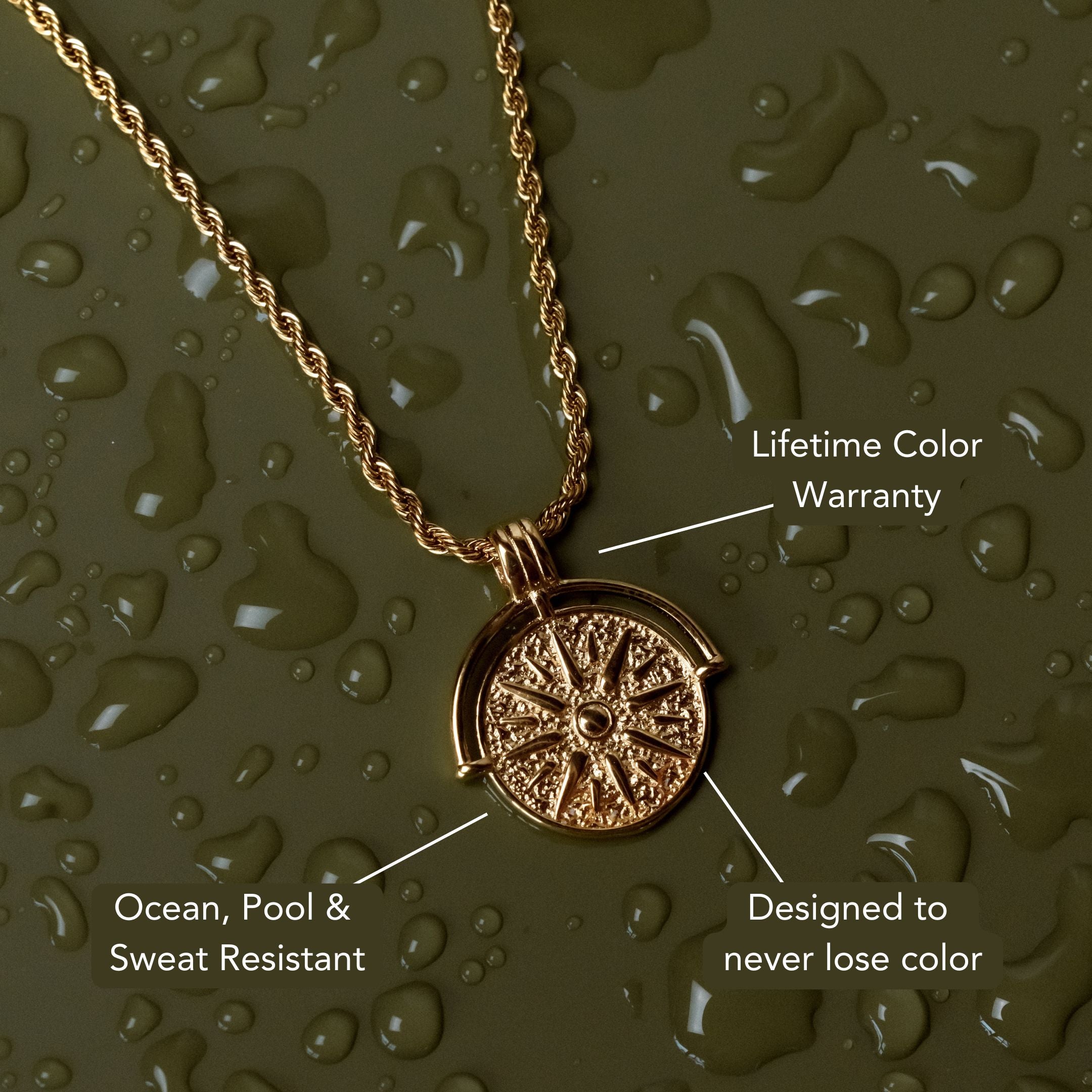

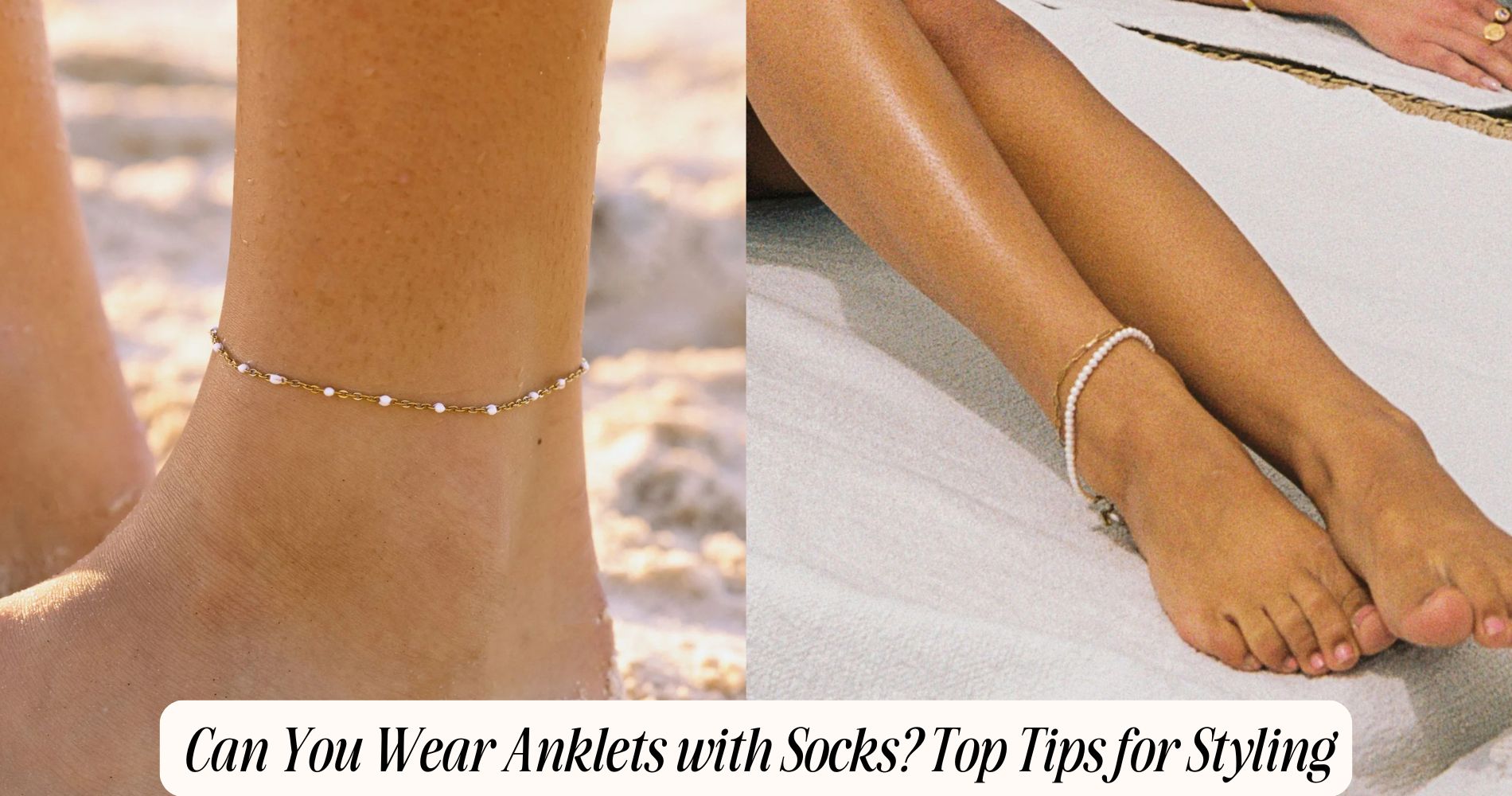




Leave a comment
This site is protected by hCaptcha and the hCaptcha Privacy Policy and Terms of Service apply.